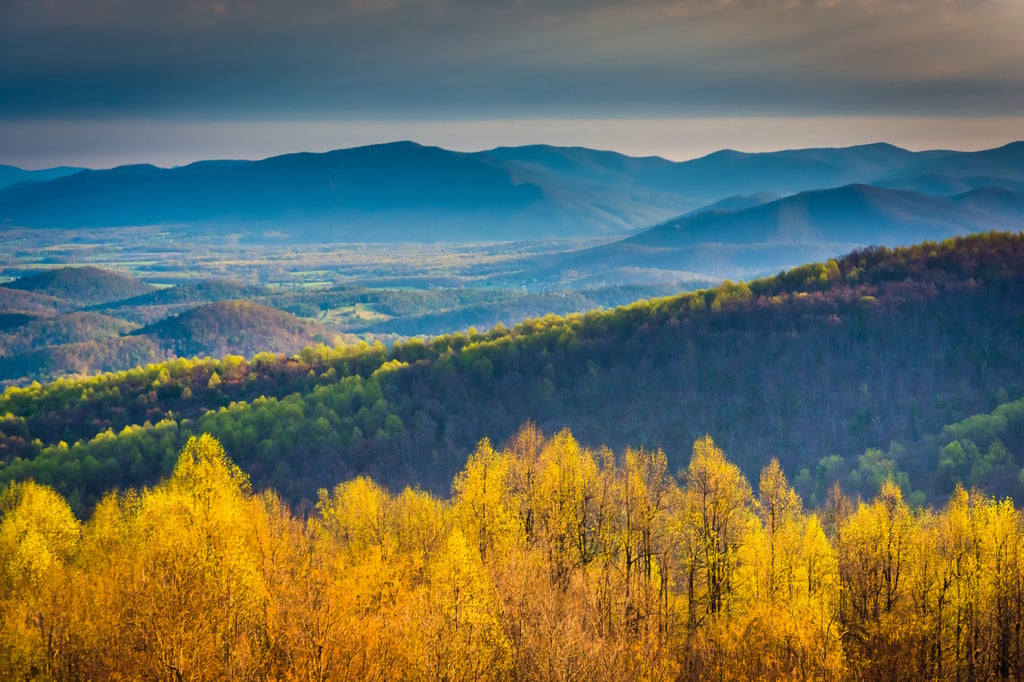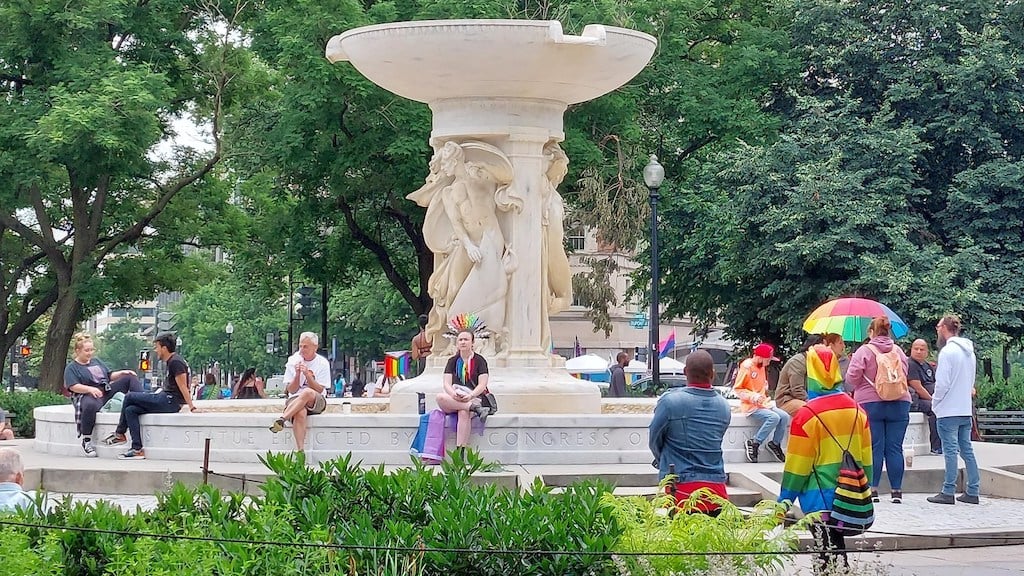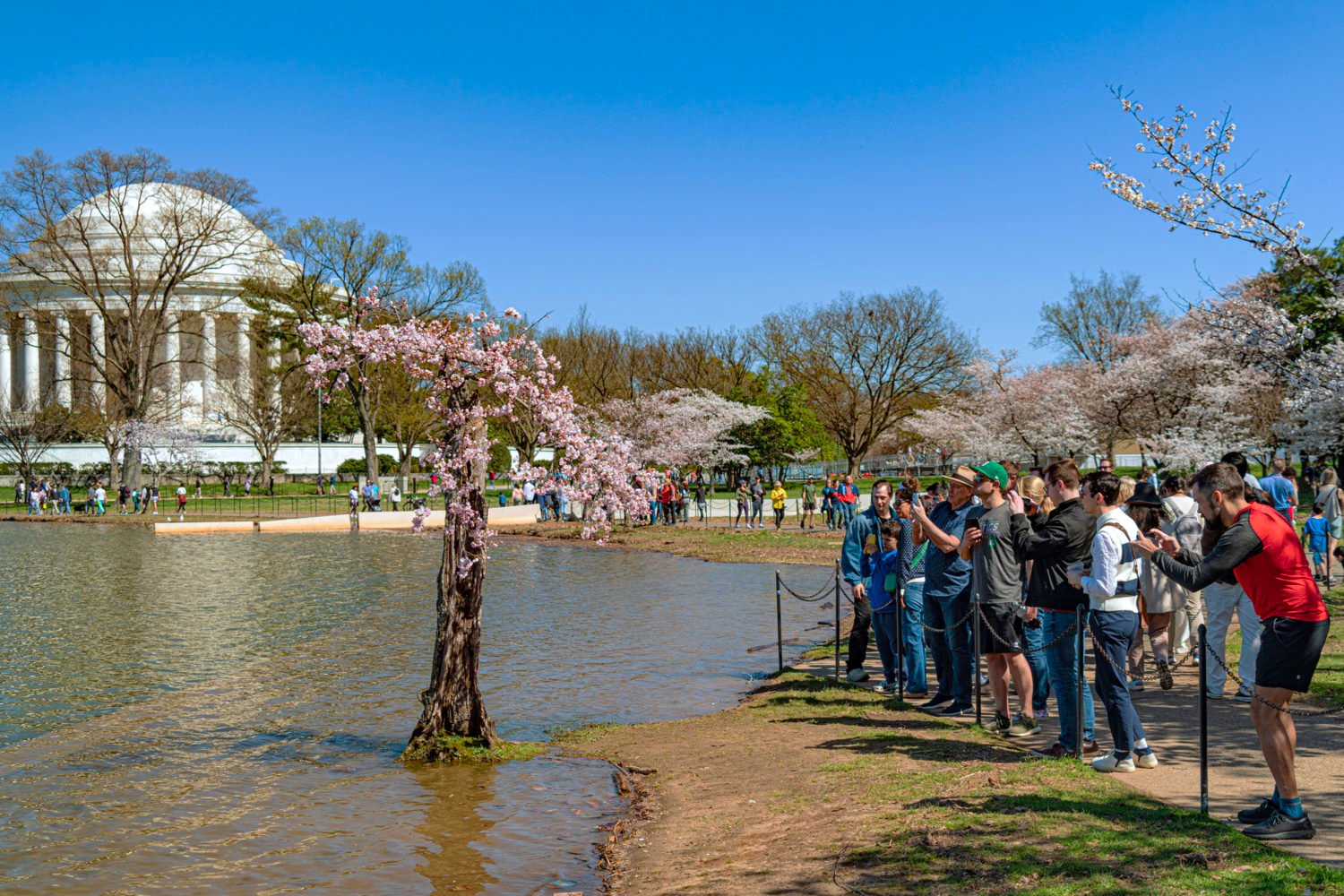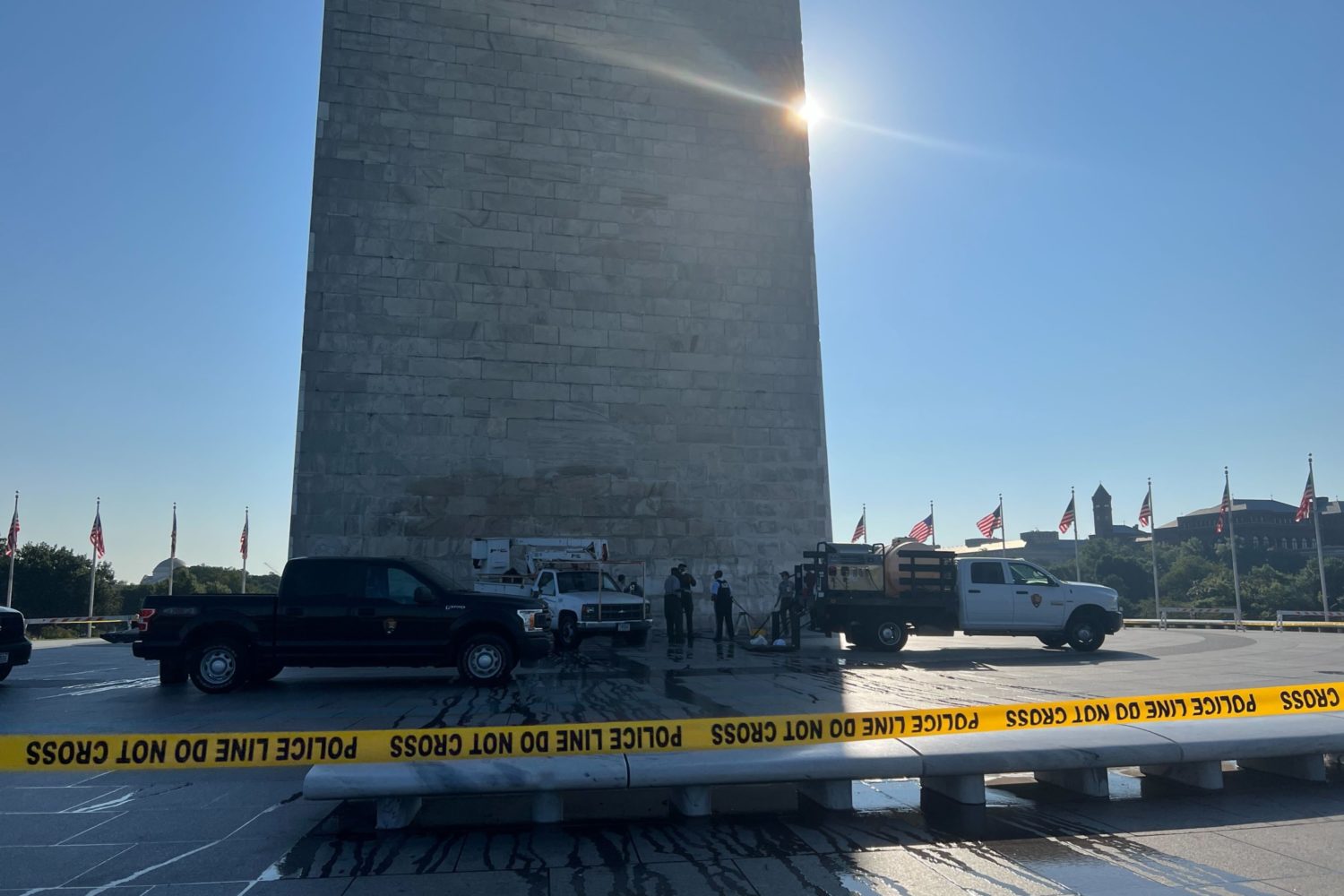Entrance fees during the busiest months at Shenandoah National Park would more than double under a National Park Service proposal issued Thursday. Under the proposed fee change, entries for cars would jump from $25 to $70 between June 1 and October 31. Rates for motorcyclists would go from $20 to $50, while fees paid by individual visitors who hike or bike into the park—or arrive on tour buses—would jump from $10 to $30.
The proposed fee increases would only affect Shenandoah’s “peak season,” which NPS defines as the park’s busiest five-month period for visitors. Sixteen other NPS sites around the country would see similar price jumps during their biggest months, including the Grand Canyon, Glacier, Joshua Tree, Yosemite, and Yellowstone. The National Park Service recorded 331 million visits in 2016, including more than 1.4 million at Shenandoah.
But park advocates are unnerved by the proposed fee hikes, suggesting that a 180 percent rise in the cost of driving into Shenandoah could depress tourism. “We’re not against fee increases,” says Emily Douce, the budget and appropriations director at the National Parks Conservation Association. “Our concern is that we don’t want to price people out of the parks.”
More unsettling for Douce’s organization is that NPS has limited the public-comment window on the proposed fee changes to just 30 days without scheduling any sessions to collect in-person feedback. While it might be difficult for the agency to schedule events around 17 parks scattered—often very remotely—around the country, Douce is not confident the NPS plan to direct everyone to a website over the course of one month is practical.
“We’re making a good-faith effort to get as much feedback as possible,” says NPS spokesman Jeremy Barnum.
The Park Service says the fee increases are meant to cut into the agency’s backlog of deferred maintenance projects, a list of repairs that would cost an estimated $11.3 billion to fix. Barnum says the proposed figures were determined by analyzing historical NPS data sets and the cost of admission at other “family attractions” like amusement parks. (A one-day ticket to Walt Disney World’s Magic Kingdom costs $124, for instance.)
If the increased rates are implemented, the Park Service says 80 percent of that revenue will remain inside the park where the fee was paid, with the remaining 20 percent going to a general fund that supports maintenance across the agencies 417 sites, 299 of which have no entry fees at all.
But it’s easy to see how Shenandoah could be more immediately impacted than some of the other parks listed for the fee increases. Unlike more remote parks like, say, Denali or Grand Tetons, where a single visit is the anchor of many visitors’ entire summers, Shenandoah is about 82 miles from downtown Washington, making it more of a backyard that can be easily visited multiple times per year. The park raised the seven-day entry fee for cars from $20 to $25 in January as part of an increase spread over three years.
National park fans are also concerned about the system’s longterm situation. The National Park Service has been overseen by career officials serving in an acting capacity since January, and President Trump has yet to nominate a permanent successor to Obama-era Director Jonathan Jarvis. There is also no nominee for the Interior Department assistant secretary responsible for supervising NPS and the US Fish and Wildlife Service. In April, Interior Secretary Ryan Zinke appointed Aurelia Skipwith, a former lawyer for agriculture giant Monsanto, as deputy assistant secretary for fish, wildlife, and parks. Skipwith’s position did not require Senate confirmation.
The more immediate concern for park advocates, though, is the possibility of NPS squeezing more from its visitors while the rest of the government does little to address long-overdue repair projects. Democratic Senator Mark Warner of Virginia and Republican Representative Will Hurd of Texas have a bill that would create dedicated funding to cover the NPS backlog, but it has gone nowhere since it was introduced in March. And while the Interior Department has said the maintenance backlog is a priority, the White House’s proposed budget for the 2018 fiscal year would cut nearly $300 million from the National Park Service budget.
“The president’s budget cuts the National Park Service budget by a lot and turns around and puts it on the back of the people,” Douce says.



















